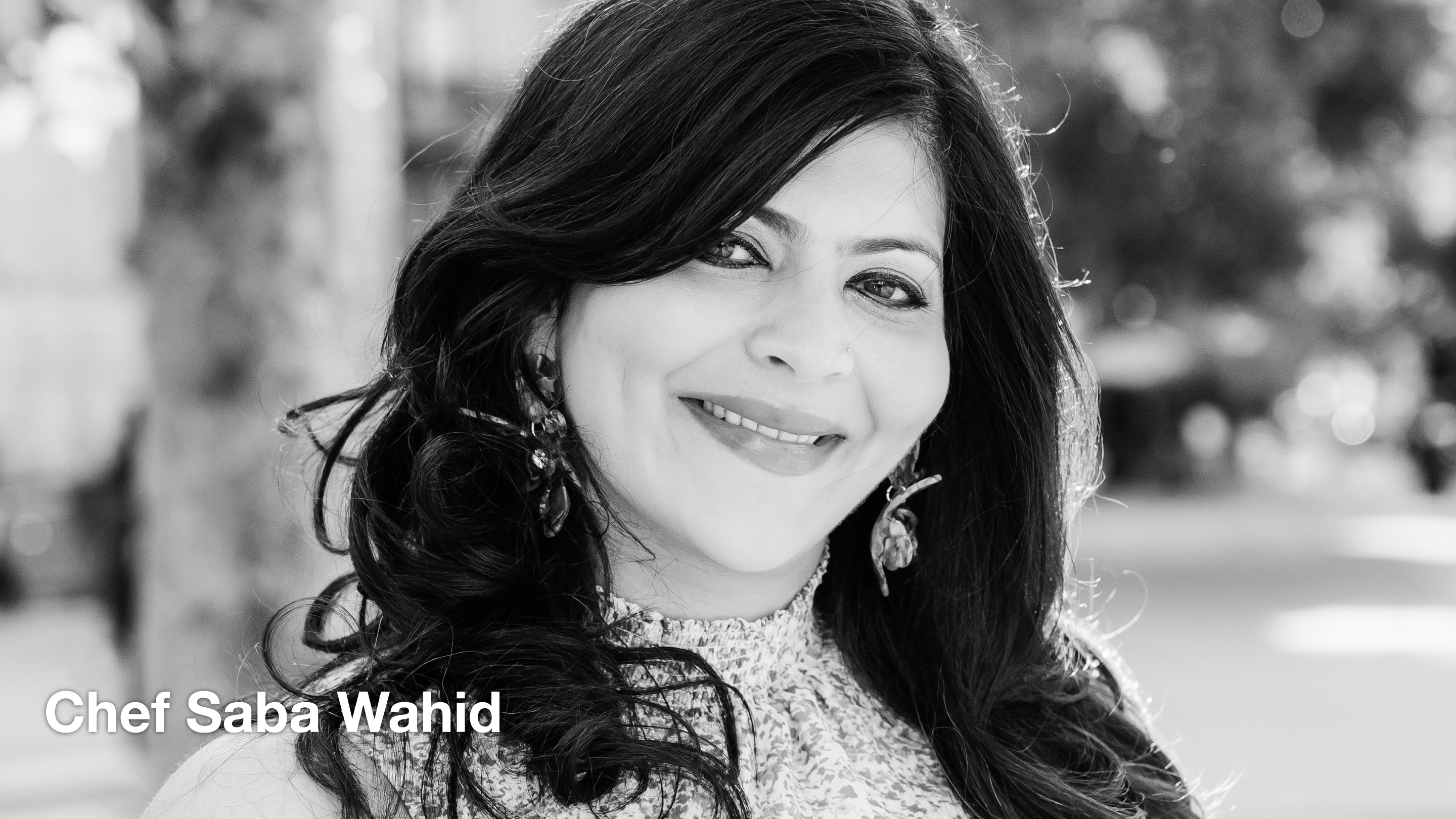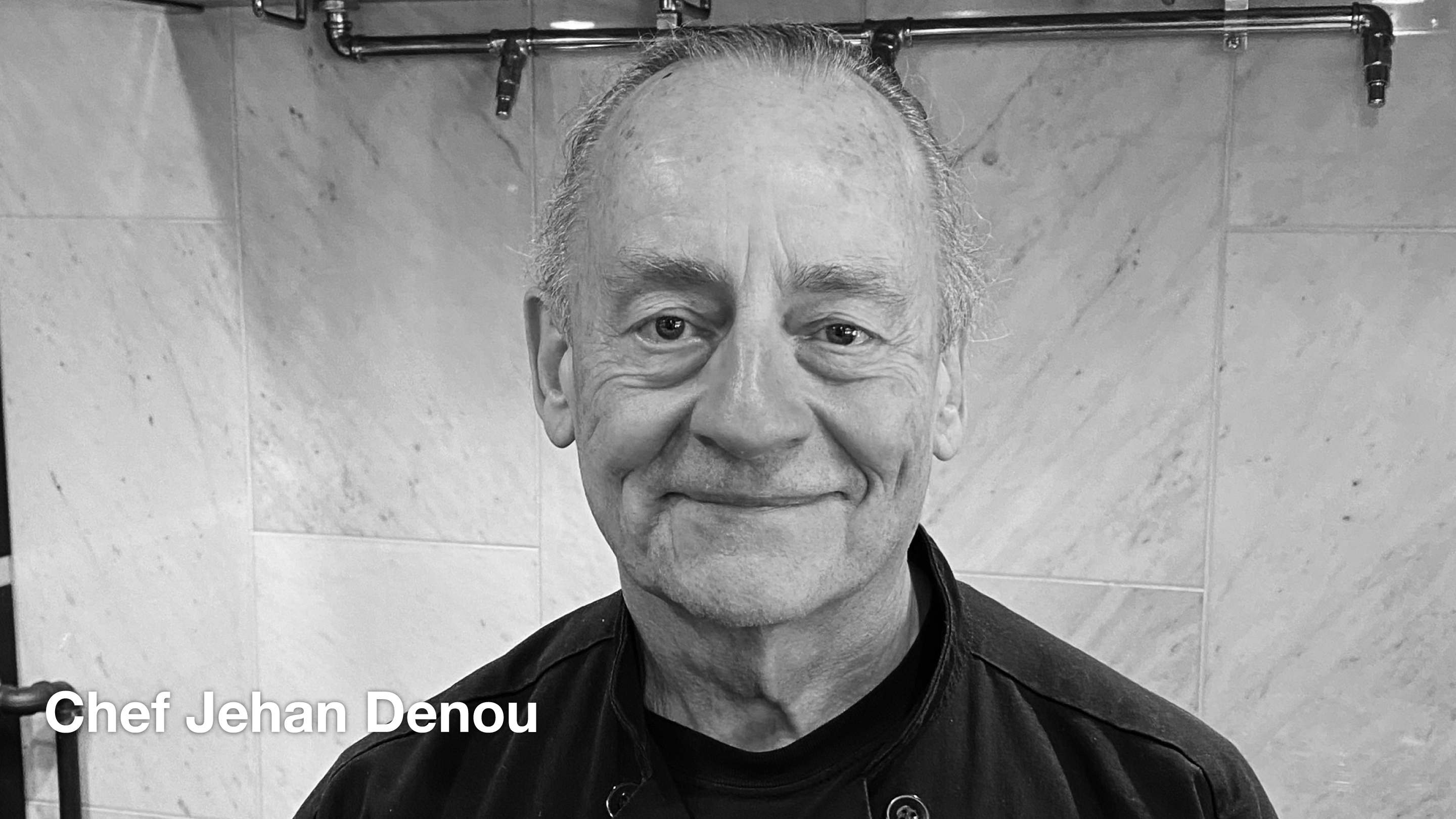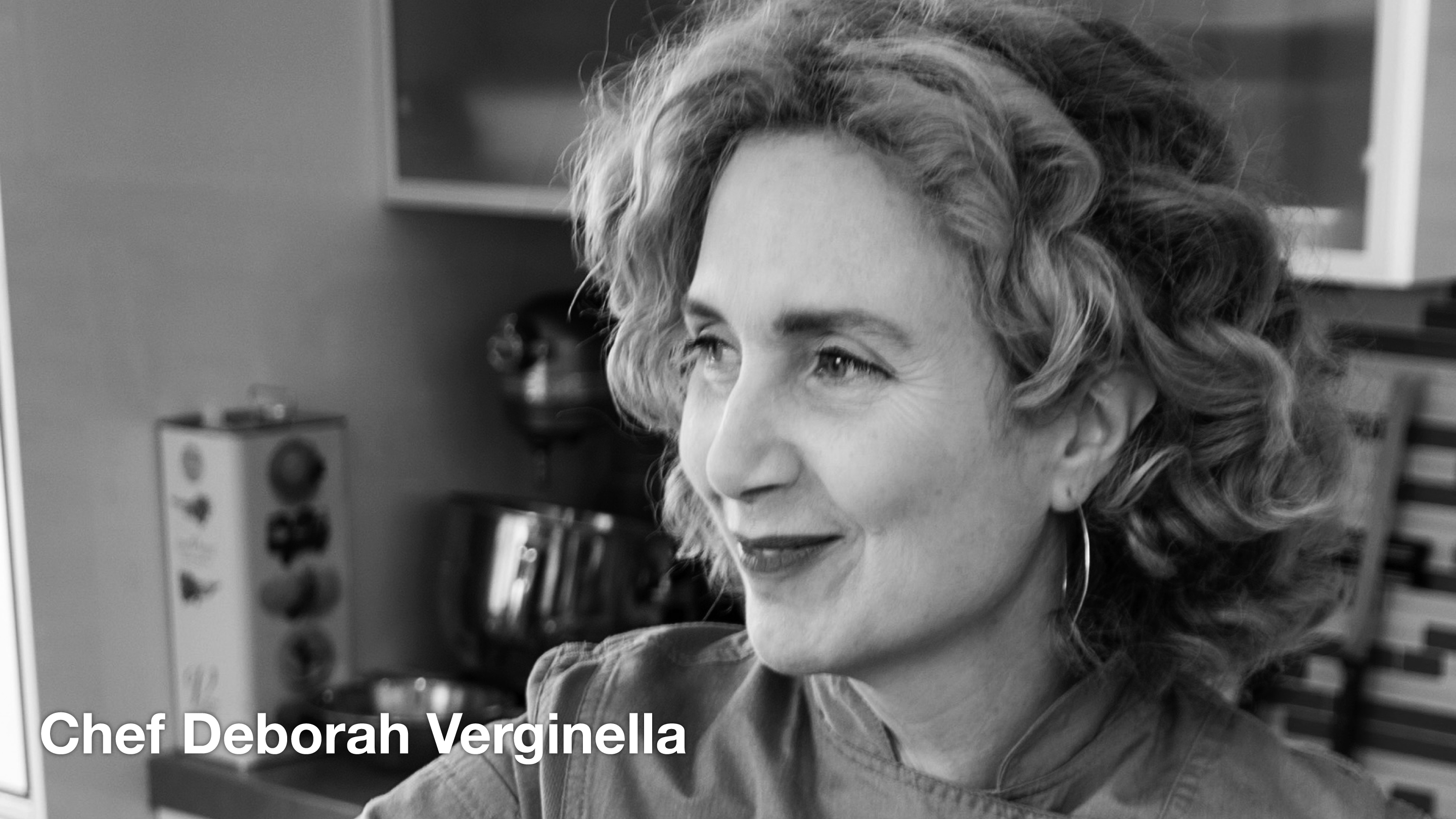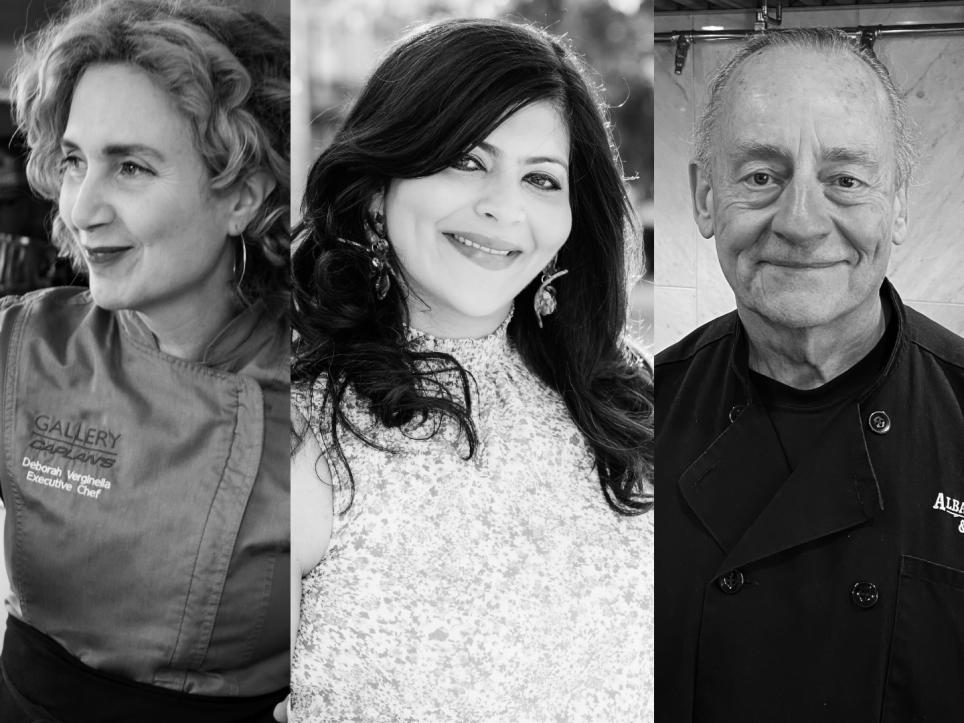Professional Chefs Shed Light on Induction Cooking
We spoke with three professionally trained chefs to get their thoughts on cooking with induction.
If you’re not yet familiar with the benefits of cooking with induction (and there are many!), who better to turn to for insight than a professionally trained chef? We recently had the privilege to speak with not one, but three such experts, including:
● Chef Jehan Denou, Resident Chef, Albano Appliances, Pound Ridge, NY
● Chef Deborah Verginella, Executive Chef, Caplan’s Appliances, Toronto, ON
● Chef Saba Wahid, TV Presenter & Chef, Boston, MA
Here’s what these pros had to say:
Q: What benefits do you appreciate the most when cooking with induction?
Chef Denou: I’ve been cooking with induction for over 15 years, and would take induction over gas any day. I even have an induction at home! I am a big advocate of induction because the low temperatures are lower than anything you can get from gas or electric. The same goes for the highs. The highs with induction are higher than anything you can get from a standard range.
Chef Verginella: With induction I can keep something warm all day long without the risk of scorching it. For example, when I cook Swiss meringue on a traditional source of heat I need a double boiler. With induction, I don’t. I also love how quickly it comes to a boil on the high end of temperature variations. It is almost visually immediate.
Chef Wahid: I’ll start with wearing the “mom hat” – I prefer having induction at home because it’s safer around my young children. There are also no emissions in the home for children with developing lungs. Cooking is also much more precise, speedy, and efficient. I find it’s a lot more enjoyable because I can sear and bring sauce to a simmer more quickly.
Q: As a professionally trained chef, are there any cooking techniques that have better results when cooking with induction versus the same technique when cooking on a standard range?
Chef Denou: On the low temperature end – between the one and two setting - I can make yogurt, crème fraiche, and melt chocolate. It’s ideal for any type of recipe that requires such a delicate process.
Chef Verginella: A lot of people use a microwave to melt chocolate. I put chocolate in a stainless-steel bowl. Then, I put that in a metal bowl, place it on the induction burner and can let it melt pretty much all day. The capabilities are pretty incredible; it amazes people that this is even possible.
Chef Wahid: When I host induction demonstrations, I prepare a pasta dish that requires different timings and temperatures. For example, poached eggs are part of the dish; they are a great food to understand cooking techniques as they are quite delicate to cook properly. I use multiple pans for this particular pasta dish which is also easier to cook with on induction.
Q: How is the clean-up process different when using an induction range?
Chef Denou: Clean up is very easy!
Chef Verginella: Clean-up is a breeze as you can wipe down the entire surface. If a homeowner is really concerned about cleanup, I recommend using a silicone matte underneath to protect the cooktop and manage the transfer of heat. This tends to help with protection while using cast iron as well.
Chef Wahid: Clean-up is the deal maker for many people. With induction, it’s quick and easy because it’s one flat surface. Just wipe! Of course, you’ll always get spill-over or baked-on messes, but a degreaser or non-ammoniated glass cleaner does the trick.
Q. Does induction require specific cookware?
Chef Denou: The absolute best for induction cooking is cast iron, followed by steel; both due to ferrous molecules. The first two are the best due to ferrous molecules. I find steel is best for searing meat.
Chef Verginella: In 12 years of cooking on induction, I still come across people who feel they need to use “special pots”. Not every pot is created equally for induction. Here’s an easy way to determine if it is suitable for induction. If you get a magnet and it sticks to your pot, then it will work! If it is a quality pot, meaning a lot of metal in the base, you will see firsthand the impact in the cooking capability. Cast iron is pure iron, magnetic and fantastic for induction! There are some cookware materials that you shouldn’t use with an induction cooktop including copper, glass and aluminium.
Chef Wahid: Dutch ovens and enamel are great options as well. Ceramic titanium is my favorite as it has a natural non-stick surface.

Q. When it comes to kitchen safety, what is your take on induction?
Chef Denou: There are a number of great safety features. For example, lack of pot recognition (element shuts off if a pot is removed) and automatic burner turn-off is a big plus for those who may be living with cognitive challenges. Also, if grease spills over your pan or pot, the appliance automatically turns that element off, which is a great safety feature. It also cools down very quickly so children in the kitchen won’t get burned.

Chef Verginella: With induction, there is only heat where the pot touches because it’s all about where the connection point happens. In addition, when you touch the cooktop – there is nothing emanating from the cooktop except where the pot touches. Essentially, your pot or pan becomes your cooktop. The cooktop only vibrates molecules, it doesn’t create heat. The pot is hot – everything else is cold surrounding the pot.

Chef Wahid: With the induction cooking surface, no heat is being conducted, it’s the electromagnetic current that is transferring to the metal pan. Once you remove your pot or skillet from the cooktop, it doesn’t get nearly as hot as a grate or electric top. There is also no need to worry about kids reaching up to the range and causing serious injury. I can have my kids interact with me when I’m at our induction range because I don’t have to worry about an actual flame burning them.
Fulgor Milano offers a number of premium induction appliances both full ranges and range tops. Discover induction today by visiting the “Products” page on our website.





